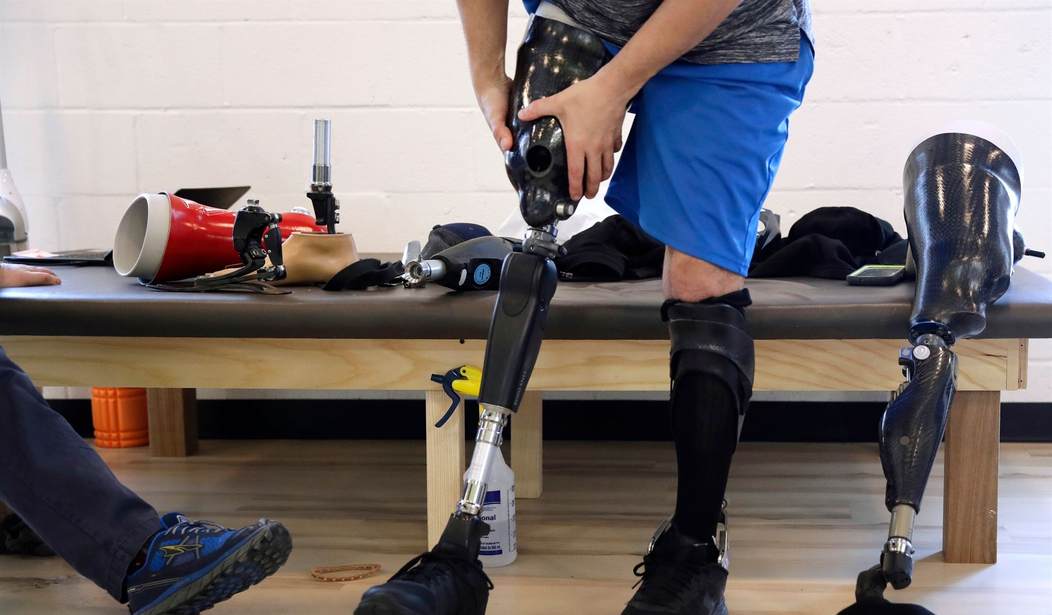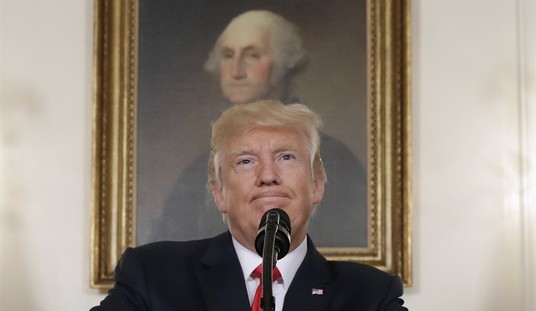First, a one-word question: Why?
Why have physicians across America received more than $12 billion in payments from the pharmaceutical and medical device industries over a 10-year period, according to a new analysis?
"Bonuses," for selling patients on a company's product? Or should we just go bottom-line and call them what they sure look like — kickbacks? Let's continue.
A research letter published on March 28 in the Journal of the American Medical Association (JAMA) found that the combined industries made more than 85 million payments to more than 820,300 (57 percent of) eligible physicians across 39 specialties from 2013 to 2022. Nearly 94 percent of the payments were related to one or more marketed medical products. Yeah, I'm gonna go with kickbacks.
Here's more:
Researchers examined data in the Open Payments database to determine what payments were made across different specialties and the medical products associated with the largest total payments. [...]
The Open Payments database is a federal transparency program that was established in 2013 out of concern that financial relationships between physicians and the industry were unduly influencing healthcare decision-making and costs.
The analysis found that payments varied considerably between specialties and among physicians of the same specialty. For example, the mean amount paid to the top 0.1 percent of physicians ranged from $194,933 for hospitalists to $4.8 million for orthopedic surgeons, while the payments to the median physicians ranged from zero to $2,339.
According to the JAMA report, the three drugs associated with the majority of payments were Xarelto ($176.34 million), Eliquis ($102.62 million), and Humira ($100.17 million).
The three medical devices associated with the majority of payments were the da Vinci Surgical System ($307.52 million), Mako SmartRobotics ($50.13 million), and CoreValve Evolut ($44.79 million).
While I know zero about any of the above pharmaceuticals or medical devices, I do know a bit about "product-pushing" when I see it. So if the above practice can't be defined as product-pushing, what is it?
JAMA also reported that study limitations included not recording payments made to other health care professionals (nurses, nurse practitioners, and physician assistants) because these payments only began to be recorded in 2021, the reliance on industry reporting, and the absence of data on certain types of payments, such as free drug samples.
The Bottom Line
As I said, I'm not an expert in the medical field, but I spent most of my professional career in the investment business, a world of commissions, and substantial "perks" — from investment companies to brokerages and investment salespeople for selling their investment products.
Is that what's been happening between pharmaceutical and medical device companies, for more than ten years?
In this case, I report, you decide.
RELATED:
While Americans Struggle Under Bidenflation, Pharmaceutical Companies Jack Up Prices (Again)
Big Pharma Spending Big Bucks to Keep the Government on Their Side - At Your Expense














